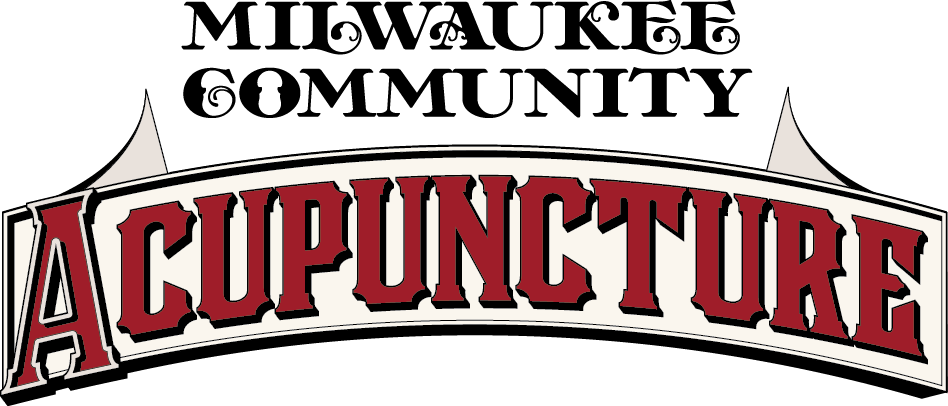Acupuncture is a small tool that is a part of a huge medical practice. It is one piece of traditional Chinese medicine. Chinese medicine is extraordinarily philosophical. To understand how it was developed, you have to know a little bit about the philosophy that was a way of life for the people who developed it.
It was developed by people who quietly observed patterns in nature. It was never shaped by ego. This philosophy is characterized by allowing natural spontaneity to occur without tampering. The medicine was constructed by emulating and mirroring nature. It’s goal is to bring mind body and spirit to effortless non-action. Erasing the mischief, clearing a path to let nature happen as it was meant to happen.
It was developed by people that didn’t speak or “know” of hormones, receptors, nerves, or electrical synapses. They spoke of mountains and rivers and valleys. Quietly observing the way things exist without interruption. Quietly observing spontaneity and the autonomy of the natural world. Everything in relation to everything else. You do not know light unless there is dark. Things behave differently in the light than they do in the dark. Quiet observation, observation without excuses or meaning or answers. That is the truth from which this medicine was developed.
A field that has a vibrant and healthy source of water and sunlight will have a bounty of produce. If the flow of water is cut off, it will dry out and wither. If too many growths create too much shadow, no light will reach the soil and either nothing will grow or a new type of crop will have to grow there.
In the classic texts of Chinese medicine, the anatomical regions and meridians of the body were referred to as descriptions of mountains, valleys, fields, and water ways. What we refer to as ‘qi’ now, is the movement of ‘water’ through a ‘valley,’ a ‘field,’ or ‘plain,’ or through ‘mountains.’ It is pure physics. It is not magic, it is nature. We have a set of points that are categorized by what body of water they emulate on each meridian. There are sea points, river points, streams, springs, and wells. Comparisons of how energy or water or qi behaves in the body as they do in nature. How erratic it moves when in small amounts like in a spring, and then as it gathers together, collectively larger and larger into streams, rivers, and then into seas, the water changes its behavior. As its ‘body’ grows larger and grows more still. This was observed in the nature of energy flow in the body.
The well points are all at the tips of the fingers and toes, moving up the legs and arms, collecting and growing and calming to end at the sea points which are all located at the elbows and knees. The sea points are even larger than the well points. Well points can be smaller than the tips of our acupuncture needles, while the sea points can be as large as a dime or nickel.
There is a major philosophy within Chinese medicine, that when energy (water) flows, there is no pain. When it is blocked, there is pain. Our meridians (water ways) need a clear path. Metaphorically, if a tree root grows and blocks a stream, water will pool and create a soggy stagnant marsh. The physics of the acupuncture needles is removing the branch, unblocking the stream, allowing the natural flow to regain itself, leading to loss of pain.
They didn’t use words like inflammation or pain receptors to describe this process, though they are the same thing. Modern western medicine makes traditional Chinese medicine terrifying to explain.
So to understand how acupuncture “works” or was “developed,” you really have to look at it the way the people did who developed it, through metaphor and comparison to nature. To understand how they “knew” a point in the hand would stop pain in the neck would take years of speculation. How did spoken language develop? Isn’t language miraculous when you think about it? It is unanswerable, “how did acupuncture develop?”…other than this: by quiet observation.
